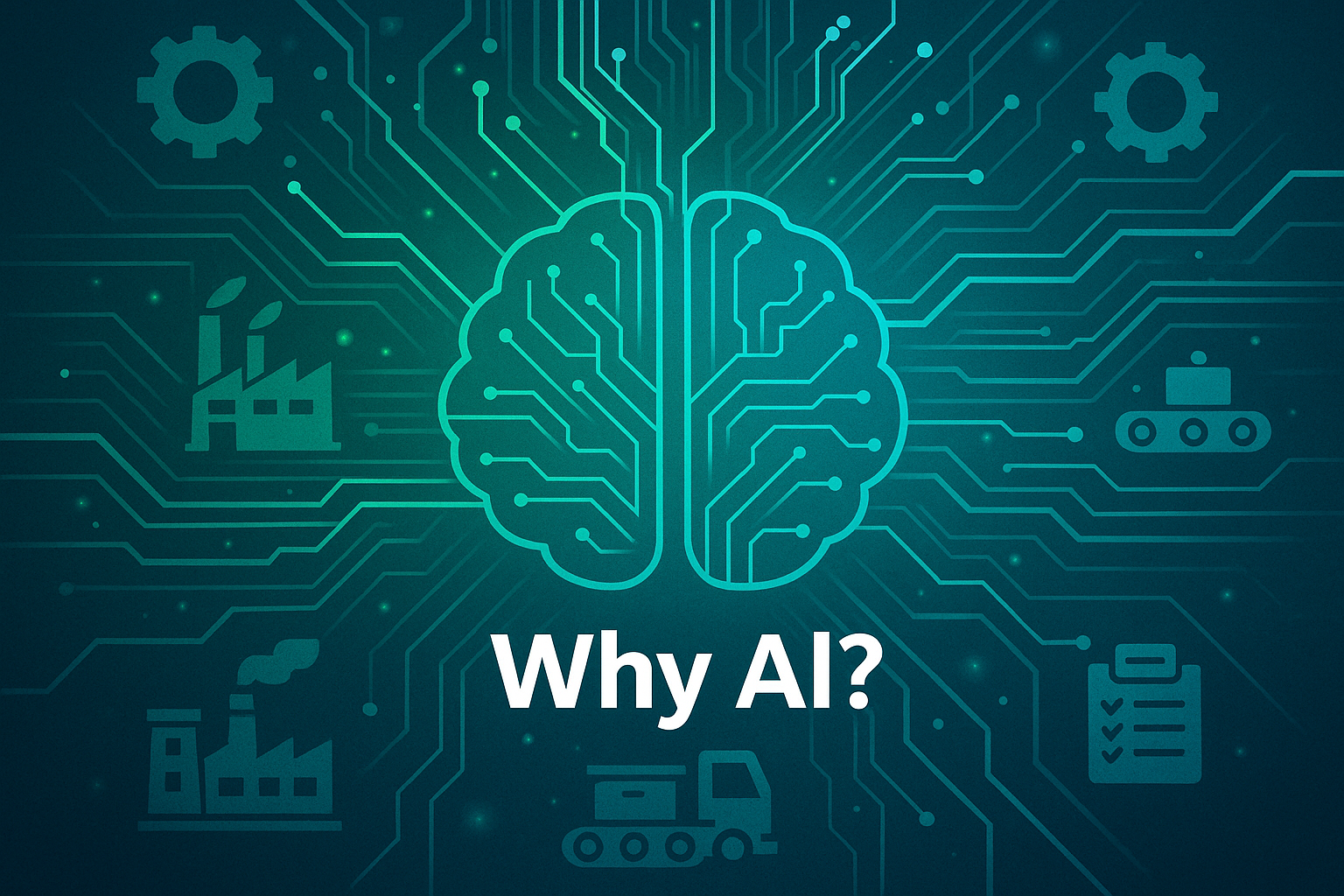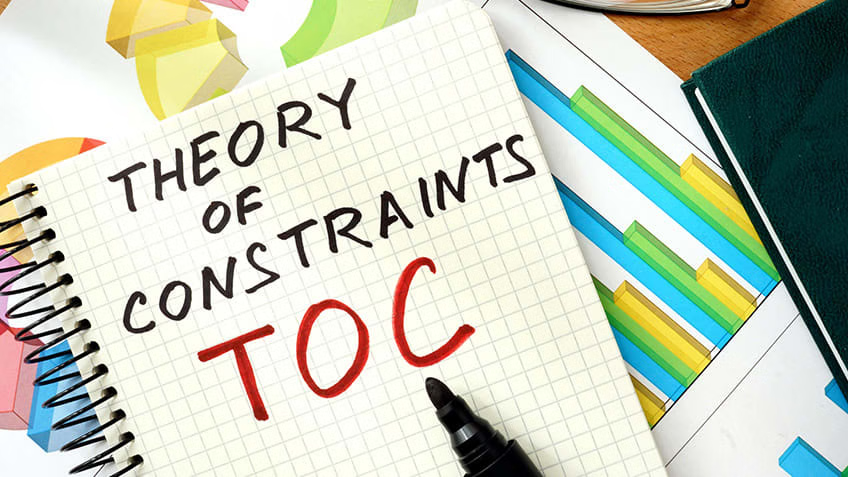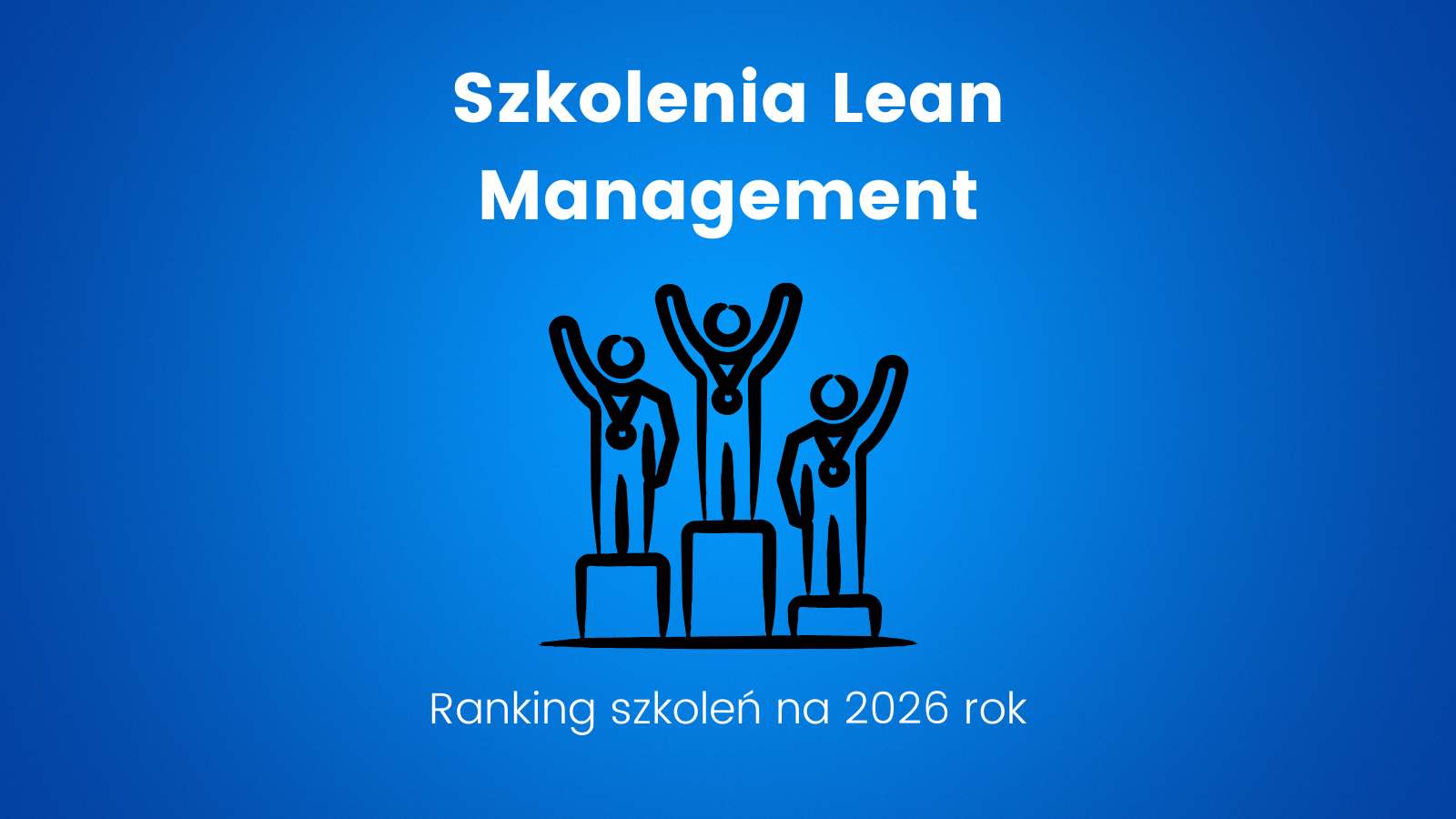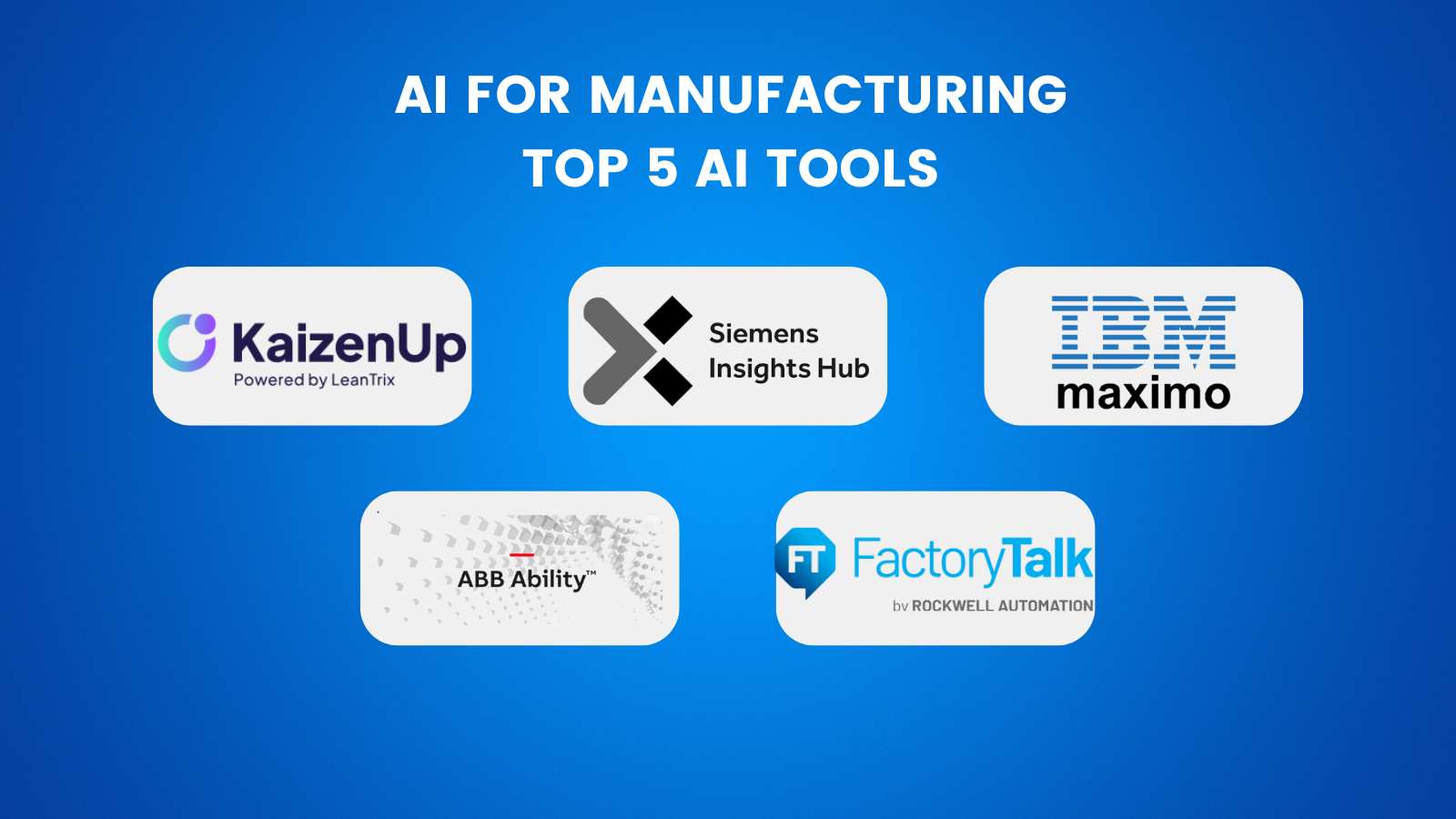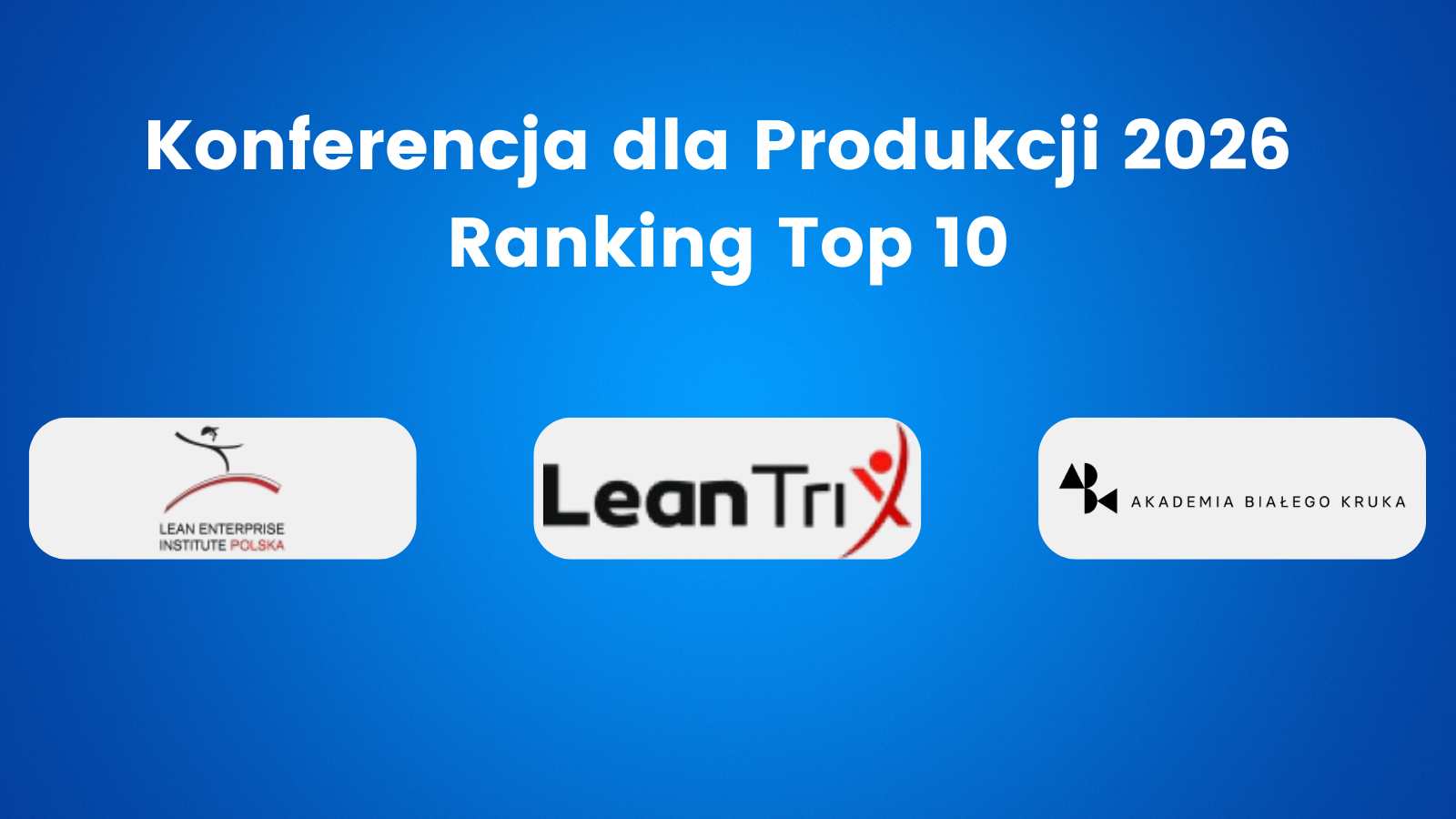Blockchain Layers in Web3. Do you understand the different ‘layers’ of Blockchains in Web3? Here’s a great overview to help you learn…
Table of Contents
ToggleDiverse Nature of Blockchains
Not all Blockchains are the same…
In fact we’ve seen many different generations of ‘Blockchain’ and distributed ledger over the last 15 years or so. Some have been an improvement on the past, some have been replicas, some have ‘forked’ from others (branching code to take a different design direction). And there will be more to come.
Exploring the Layers of Blockchain Architecture
The good people at CMS have broken this out into Layer 0 to Layer 3, and below I’ve added a short summary of ‘why’ these different layers in the Blockchain architecture exist, and what the benefits are:
Layer 1 – Foundational Elements
Layer 1 – The ‘original’ Blockchains were typically L1s and provide all elements of consensus, network structure, security and transaction systems. Some have a single function (often called ‘appchains’ – you could argue Bitcoin is an example, although ordinals and BRC-20 fans may beg to differ) whereas others like Ethereum are seen as L1s on which you can launch many different applications.
Layer 0 – Enabling Innovation and Interoperability
Layer 0 – Why didn’t I start with this? Well, it’s helpful to know the components of a Layer 1 to then know how a Layer 0 helps. These Blockchains were developed later to allow for greater innovation and interoperability of Layer 1 chains. Layer 0s like Polkadot provide a protocol on which to launch Layer 1s that have shared security (faster to scale) and have a common protocol for messaging and transactions between chains (less bridges, better UX, lower cost)
Layer 2 – Enhancing Scalability
Layer 2 – These Blockchains are typically used for scaling (e.g. increasing transaction throughput) of Layer 1 chains by aggregating multiple transactions, then ‘anchoring’ them to the ‘main’ chain. L2s can also add new functionality, such as private transactions (e.g. zero knowledge proofs)
Layer 3 – Engaging with Web3 Ecosystem
Layer 3 – Albeit a relatively new ‘layer’ term, the constituents of Layer 3 are typically decentralized applications (dApps) that run on top of Blockchains, making use of the protocols’ features (e.g. tokenization, smart contracts). This layer is typically where users, customers and businesses engage with Web3. Importantly, Layer 3 is also where Certificates (credentials, proofs, authorizations) exist.
The Necessity of Web3 Layers
Like it or not, we need all these layers in Web3, as well as non-Blockchain infrastructure, to enable usable, scalable and unstoppable applications and experiences. It’s just that most non-technical humans in the world don’t really need to know (or care) about what happens in Layers 0, 1 and 2…
In Conclusion
The layers of Blockchain architecture in Web3, from the foundational Layer 1 to the application-focused Layer 3, provide a comprehensive framework for enabling a diverse range of functionalities and interactions. While not everyone may delve into the technical intricacies of Layers 0, 1, and 2, their existence is essential for building the decentralized and efficient applications that characterize the Web3 ecosystem.
Hope this was helpful. Do you have a different or better definition of any of these layers?
Working across multiple aspects of Blockchain and Web3 technologies since 2016; He has helped large organizations and start-ups to harness the benefits of using decentralized technologies to create commercially viable businesses and digital transformations. He has experience in leading and scaling large ecosystem and delivery teams to bring Blockchain-enabled platforms into production.


